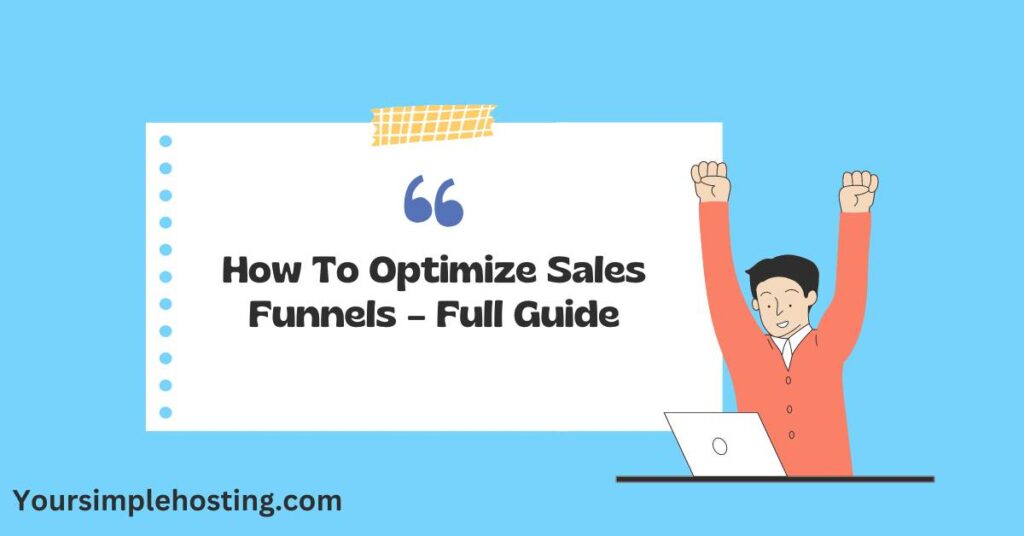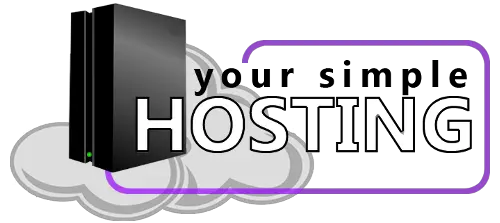Sales funnels are a crucial part of any successful business. It helps attract new customers, convert leads into buyers, and increase revenue for the company. However, if you want to make the most out of them and optimize them for better results, you must know how to do it properly.
To optimize sales funnels, start by optimizing your pages and opt-in forms, then use email marketing to nurture customers. Next, leverage ads and social media to drive more traffic, plus automation tools for a streamlined process, and track and measure performance to identify areas that need improvement.
This article will discuss the importance of sales funnels and how to optimize them for maximum effectiveness.

Table of Contents
What Is a Sales Funnel?
A sales funnel is how companies turn potential customers into paying clients. It comprises various stages that help shape prospects into customers, with each step being more targeted to the consumer’s needs and interests.
At the top of the funnel, companies attract potential customers through various marketing strategies such as SMM, content marketing, SEO, and social media advertising. The middle and bottom are then used to move prospects further down the funnel by providing them with more targeted information about their products or services.
The goal of each stage is to convert prospects into customers by providing them with the information and resources they need to make an informed decision.
How To Optimize Your Sales Funnel
Optimizing your sales funnel is essential for driving more leads and increasing revenue. You can employ several strategies to ensure your sales funnel is as effective and efficient as possible.
Identify Your Target Audience
Knowing who you’re trying to target with your marketing messages is the first step in optimizing your sales funnel.
Your target audience should be the people most likely to buy your product or service.
To narrow your target market, consider their age, gender, interests, purchase history, and lifestyle. For example, if you’re selling a new health supplement, it would make sense to target health-conscious individuals looking for ways to improve their well-being.
Another way to identify your target audience is to look at who you’re already selling to. Then, analyze the data from past customers and use it to create buyer personas that you can use for future campaigns.
Create a Compelling Offer
Once you’ve identified your target audience, it’s time to create a compelling offer that will draw them into your sales funnel. Your offer should be irresistible and provide a value your customers can’t find anywhere else.
For example, if you’re selling an online course, you could create an introductory offer with a discounted price or a free trial period.
Consider offering bonuses such as additional resources, access to experts in the field, or exclusive content.
Utilize Lead Magnets
Lead magnets are a great way to draw potential customers into your sales funnel. They are an incentive or an offer designed to capture the attention of prospects and encourage them to take action.
Their examples include free eBooks, checklists, webinars, videos, trials, discounts, and more.
By offering something valuable to your prospects, you can build relationships and transform them from visitors into leads.
Craft Compelling Calls to Action
Your calls-to-action (CTAs) are essential for your sales funnel. They’re what drive people to take action and make a purchase.
Use persuasive language such as “Buy Now” or “Get Started.” Additionally, use contrasting colors to make them stand out on the page and include a sense of urgency. It’s also essential to ensure your CTAs are placed strategically throughout the funnel. For example, place them above the fold so people can see them immediately, and consider putting one near the end of each page to encourage people to keep moving through the funnel.
Optimize Your Funnel Pages
Optimizing your sales funnel pages is essential for converting visitors into customers.
Start with the landing page. Your landing pages are one of the most critical parts of your sales funnel; they’re where potential customers are first introduced to your product or service. Therefore, you want to ensure that your landing pages are designed to encourage people to take action and sign up for your offer.
They should provide visitors with a clear and concise explanation of what you’re offering and the benefits and value they will receive from your product or service.
Use visuals such as images and videos to break up the text and add visual appeal.
Optimize your opt-in pages as well. This is where people enter their details in exchange for something (a free trial, a discount, etc.). Again, ensure these pages are simple with no distractions so people can quickly enter their details.
Finally, you’ll want to optimize your ‘thank you’ page. This is the final step of the funnel and should be optimized for conversions. For example, you could offer an upsell or include a link to a related blog post or video.
Optimize Your Email Sequences
Once you’ve captured potential customers’ emails, you can use email marketing to nurture them through your sales funnel. You want to ensure each email is tailored to the individual customer and provides value – this could be helpful advice, discounts, or special offers.
The key to an effective email sequence is to keep it short and sweet. Focus on providing just the right amount of information – too much can be overwhelming and will turn off readers, while too little won’t give them enough incentive to take action.
Create Effective Ads
Ads are a great way to drive more traffic into your funnel and increase conversions. Ensure that your ads are targeted and focused on the right audience; this will ensure you get the most bang for your buck.
Focus on making your ads visually appealing and easy to understand. Each ad should clearly state what you’re offering and why it is valuable.
It’s essential to provide a call to action in each ad, such as “Sign up now!” or “Learn more today.”
Stay Active on Social Media
Stay active on social platforms like Facebook, Twitter, and Instagram by sharing helpful content and engaging with your followers. This will help build relationships, boost engagement, and introduce more people to your products or services.
Remember, each platform has different best practices, so ensure you’re familiar with them.
Leverage Automation Tools
Automation helps streamline processes, freeing time for you and your team to focus on other tasks.
It can also help determine which aspects of the funnel need improvement and track customer data more efficiently. Popular tools like Zapier, Airtable, and MailChimp are great for automating your sales funnel from start to finish.
Setting up automation sooner will help your funnel run like a well-oiled machine in no time.
Track and Measure Performance
Finally, tracking and measuring your funnel’s performance is essential. This will help you identify areas that need improvement so you can make changes accordingly.
Tools like Google Analytics measure the performance of your pages, ads, and emails. Track conversions and customer journey data like time spent on each page or average order value.
This data will help you decide better what to change and how to optimize your funnel even further.
Conclusion
Remember that optimizing your sales funnel is an ongoing process. To get the best results, you must continually test and experiment with different funnel elements to determine what works best for you and your business.
Don’t be afraid to make changes – sometimes, small tweaks can significantly impact your overall conversion rate. As you experiment, you’ll understand what works and doesn’t work for your funnel, so use this knowledge to optimize it over time.
You can ensure that your business gets the most out of its sales funnel with the right strategies.

Leave a Reply